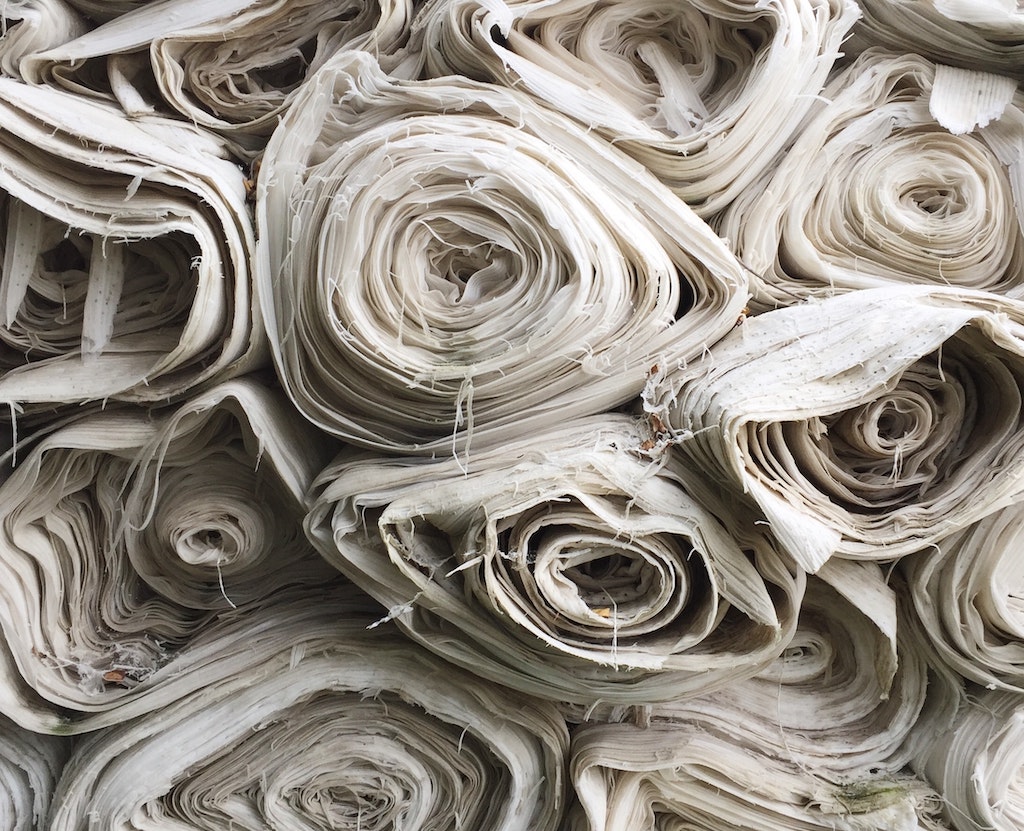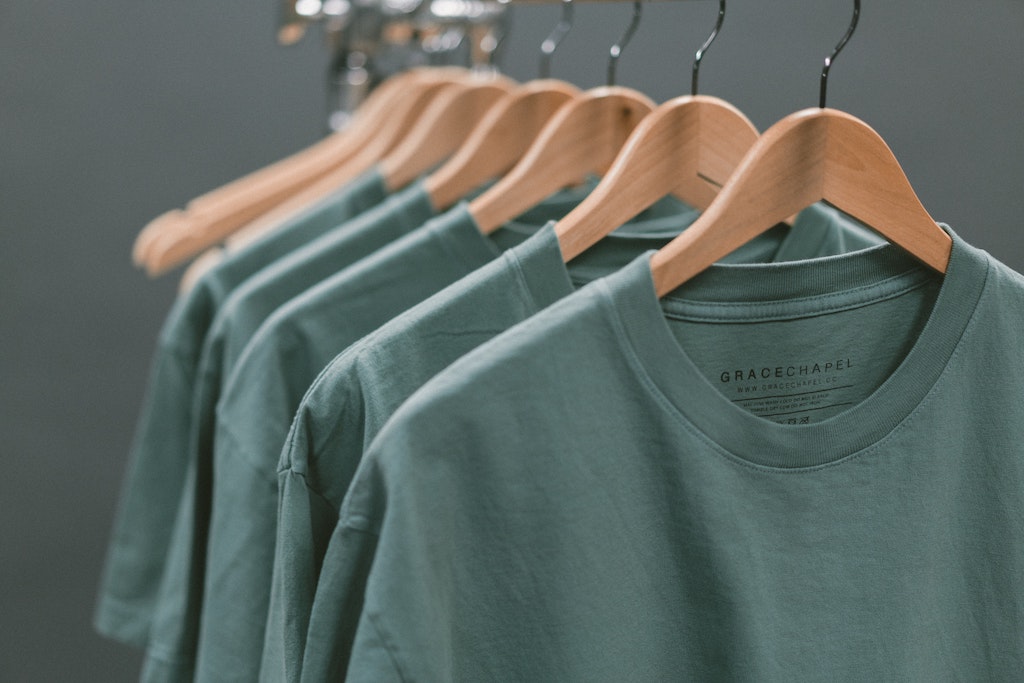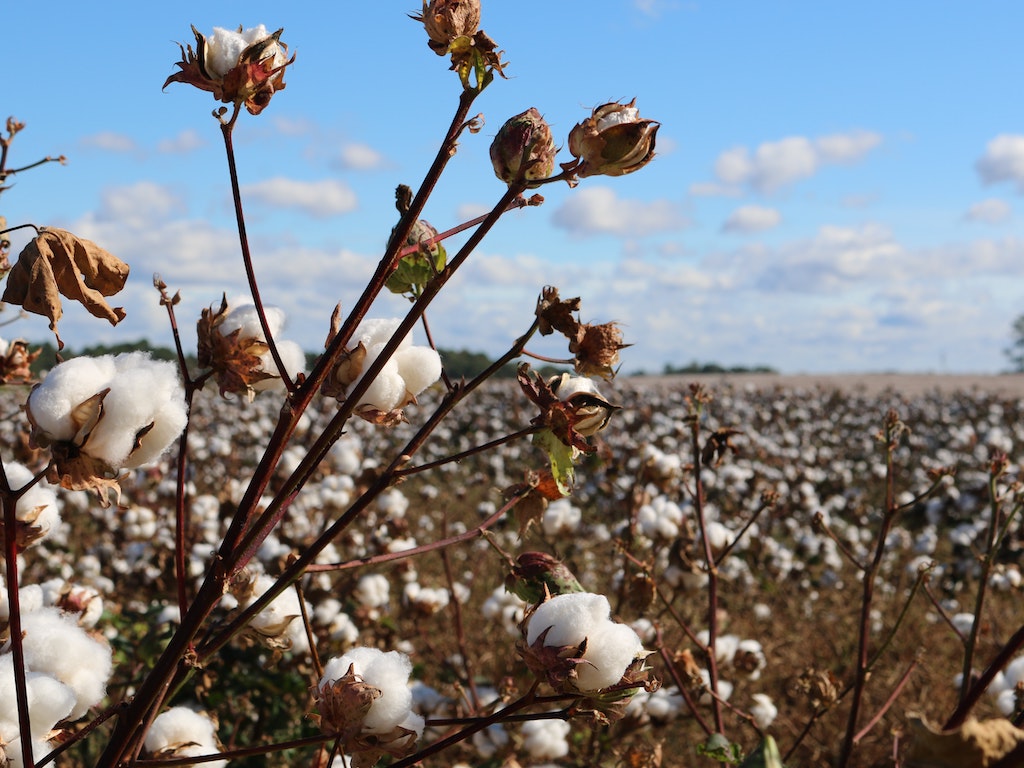4 Mins Read
A new report into misinformation in fashion claims to have debunked myths around the water-intensive nature of cotton. According to the research, which was conducted by denim and cotton industry groups Transformers Foundation and ICAC, the assumptions we base our fashion buying decisions on aren’t always accurate.
Sustainability has become one of the biggest buzzwords in the fashion industry, with brands ramping up their green credentials and shoppers becoming savvier with where they’re choosing to spend. One material, in particular, has gotten bad press: cotton. And a new report suggests that cotton doesn’t deserve all of it.
The report has been published by two industry associations—Transformers Foundation and ICAC—with their own agendas to clean up cotton’s image. But perhaps there is something to be said about the accuracy of the figures around cotton, especially when it comes to its water footprint, and whether we should be more careful about coming to quick conclusions.

Read: 5 major signs that fashion greenwashing is going to have to stop
‘Data without any context’ fuels fashion misinformation
“Fashion has a serious and growing misinformation problem,” says the report. “Outdated figures are widely shared, as is data without any context.”
Using cotton as a case study, the report claims that figures like “it requires 20,000 litres of water to make a T-shirt” is not exactly true. According to the ICAC, cotton uses around 1,931 litres of irrigation water to produce 1 kilogram of lint, which is about what you need for one T-shirt. Globally, cotton uses 6,003 litres of rainwater to produce 1 kilogram of lint.
Another problem with this figure is that global averages fluctuate. Depending on where the cotton is being grown, there’s a huge difference in the amount of water needed to produce lint.
“Climate, rainfall, and irrigation technology vary greatly from one country to another, and often from region to region, and even field to field. To name an example, in the United States, cotton farmers in the southeast use 234 liters of irrigated water per kilogram of cotton on average compared to farmers in the west, which use 3,272 liters of irrigated water per kilogram,” says the report.

Water stress is a real issue, but cotton’s role in it has been dramatised
Another “myth” that the report debunks is the idea that cotton is a direct contributor to water stress, and is an inherently water-thirsty crop.
“Cotton is grown in many water-stressed regions and can contribute to water management challenges, but calling cotton water-thirsty in isolation without additional context is misleading,” the authors wrote.
“Cotton is a drought-tolerant plant adapted to arid regions. It is not a proportionally high consumer of irrigation water (blue water) compared to many other crops. Seed cotton uses 3% of the world’s agricultural water globally, based on the latest available data from 2010, which is roughly equal to the 2.7% of arable land planted to cotton.”
There are also other factors that play into water stress, rather than “blaming” a single crop or a subset of crop farmers, highlighted the research. These factors include the lack of water-saving technologies and local water availability.

“The relationship between farming, cotton, and sustainable water management is complex. Calling cotton—a plant that’s grown in arid regions because it’s drought-tolerant—water-thirsty is misleading and can lead consumers to villainize a crop or a fiber rather than open up a conversation about water stewardship and sustainability in the cotton sector.”
For Andrew Olah, founder of Transformers Foundation, the main takeaway is that there needs to be better transparency and traceability over materials. Rather than demonising a single material, brands and companies across the fashion supply chain should offer better reporting, monitoring and data on their environmental practices.
“We envision a future where farmers tabulate the amount of pesticides they use, the amount of water they use, all of the different inputs to compare this with their yield and continue retrieving the stream of data to a product’s end of life,” he shares.
All images courtesy of Unsplash.




